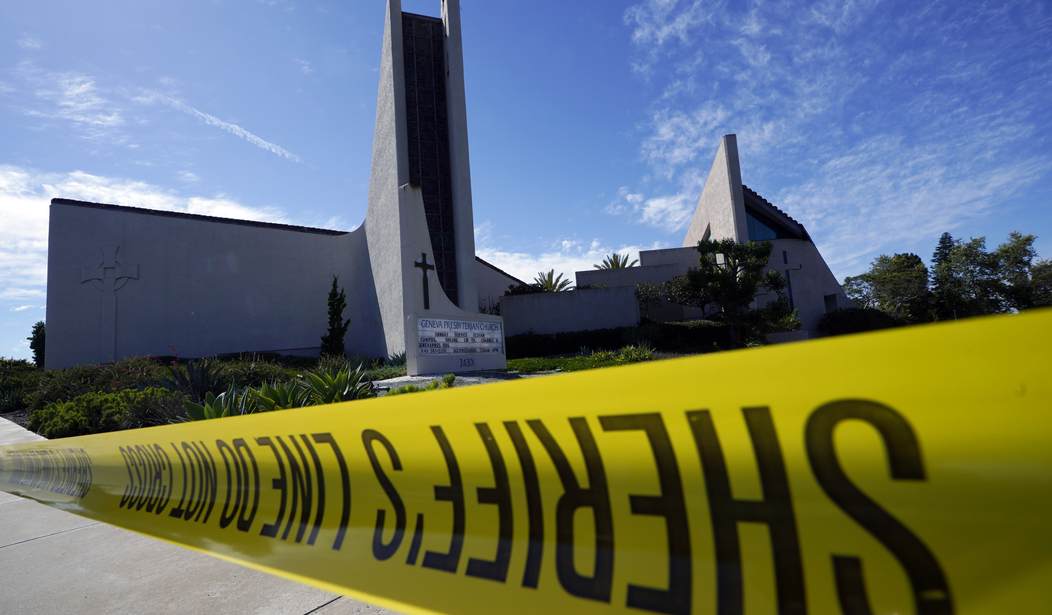When was the last time you heard about a serial killer?
Back in the '70s and '80s, they seemed to be all over the place. Most serial killers did it for infamy, even a sort of twisted immortality. And back then, they got it. Jeffrey Dahmer, Ted Bundy and Ed Gien were household names that spawned mini-industries of their own
For years the popular media and even some academic researchers declared that serial murder claimed, on average, 5,000 victims each year in the U.S. Fox says that figure is grossly misleading, based on the false assumption that any homicide with an unknown motive — of which there are about 5,000 annually — is the work of a serial killer. Fox estimates that even in the 1980s the real number was actually fewer than 200, and Aamodt’s data supports this.
Nothing "succeeds" like "success", even when the "enterprise" is the most evil form of notoriety.
Researchers documented hundreds of them in the '80s, and a slight decrease in the '90s.
But somewhere in the past thirty years, things changed - and now, in 2025, you rarely hear about them. Researchers showed aboug 100 serial killers in the past decade.
They still exist. But things aren't the same.
Advances in information sharing made it harder to conceal the sprees. Advances in forensics and other investigative techniques also went a long way.
But society also became harder targets:
Would-be murderers may also have succumbed to the absence of easy targets. James Alan Fox, a criminology professor at Northeastern University, says that these days people are generally less vulnerable, limiting the pool of potential victims. “People don’t hitchhike anymore,” he says. “They have means of reaching out in an emergency situation using cell phones. There are cameras everywhere.”
It's harder to find targets, and one is more likely to get caught before the death toll from one's spree gets big enough to ensure true sick immortality. The drive to immortalize oneself by killing a wave on innocent people is more likely to end in a humiliating, and likely obscure, frog-walk to Supedrmax or Death Row than "investigations" on the History Channel.
Which may be a useful lesson as society wrestles with (and the gun control movement tries to exploit) a two-decade-long wave of spree shootings.
Imagine being the sort of sick little mind that imagines the acme of his life to be going out in a blaze of fetid glory, taking a whole bunch of people out with you - and this happens:
[Elisha Dicken] was eating dinner in the food court with his girlfriend. At 5:57 pm, the shooter began firing at shoppers on the other side of the food court after emerging from a hallway. He eventually fired a total of 24 rounds from his AR-15, killing 3 people. Eli reacted by pushing his girlfriend to the floor and took up a position of cover behind a pillar. Eli fired his first 2 shots just a few seconds after the gunman started shooting. His first shots were fired from a stabilized position (atop a trash can) and from approximately 40 yards away from the bad guy. Dicken was forced to stop shooting as bystanders ran in front of his muzzle (at 40 yards in a public space, this was a near certainty). He then had an opportunity to fire 2 more shots from that position and distance. Out of those first 4 shots, he scored 2 hits.
By this time, the bad guy had begun to retreat back into the hallway that he came from. Dicken then moved to close the distance and get into a position to re engage with the now moving threat. At a distance of approximately 20 yards he fired 4 more shots, gaining 4 more hits. Finally Eli closed the distance to about 20 to 25 feet for the last two shots fired as the bad guy stumbled to the ground. At this point the threat was over. The approximate amount of time from when the bad guy started his attack to when the shooting stopped was 15 seconds.
And that's it.
What's the guy's name? To the extent anyone know it (I won't use it), it's a term of humiliation; a murder who cold-cocked three innocent people before being stubbed out like a cockroach.
That ignominious end - and better yet, the threat of it - may be a much bigger part of the answer to spree killers than our society's chattering classes want you to think:
People complain that we shouldn't need to have armed security everywhere. But we simply need to break the mass shooter fever. Make it undesirable to the nutcases.
— Kostas Moros (@MorosKostas) September 28, 2025\
If a series of these losers find not infamy, but rather a quick and humiliating end by armed guards or private…
They seek fame. Not humiliation.
I think there is another component required to “break the mass shooter fever.” If a person intent on committing a mass shooting (or mass murder by any means) is stopped after the first or second victim there isn’t much publicity and almost certainly no national or international reporting of the failed attempt. Hence, the “humiliating end by armed guards or private citizens” does not get the attention required to deter future criminal acts of similar nature.
We've tried the "earnest soft target" thing - with lockdown drills, "run/hide/fight" posters, and absurd kevlar whiteboards for classrooms. It hasn't worked.
Maybe it's time to give deterrence a chance.








